In the animal and wildlife conservation world, certain figures stand out not only for their dedication but also for the controversies surrounding them. Often referred to as “wildlife warriors,” they have left their marks on the conservation landscape in both celebrated and debated ways. Their actions, decisions, and the legacies they have built continue to spark discussion, offering us a chance to explore the complexities of wildlife protection.
1. Steve Irwin: The Aussie Crocodile Hunter
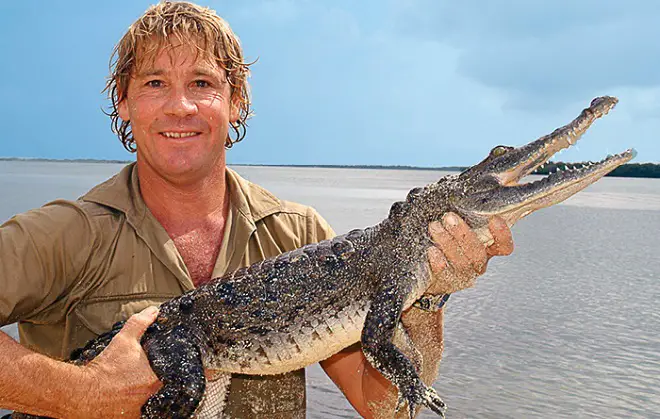
Steve Irwin, affectionately known as “The Crocodile Hunter,” captured the hearts of millions with his infectious enthusiasm for wildlife. His TV shows brought the wonders of the animal kingdom into living rooms around the world, inspiring many to care about wildlife conservation. However, Irwin’s hands-on approach and the risks he took while interacting with dangerous animals often sparked debate. Critics argued that his methods could encourage unsafe practices among amateur wildlife enthusiasts.
Despite the controversy, Irwin’s impact on conservation cannot be overstated. He founded the Steve Irwin Conservation Foundation, now called Wildlife Warriors, which continues to support conservation projects worldwide. His legacy is carried on by his family, who remain heavily involved in conservation efforts.
2. Dame Jane Goodall: The Iconic English Conservationist
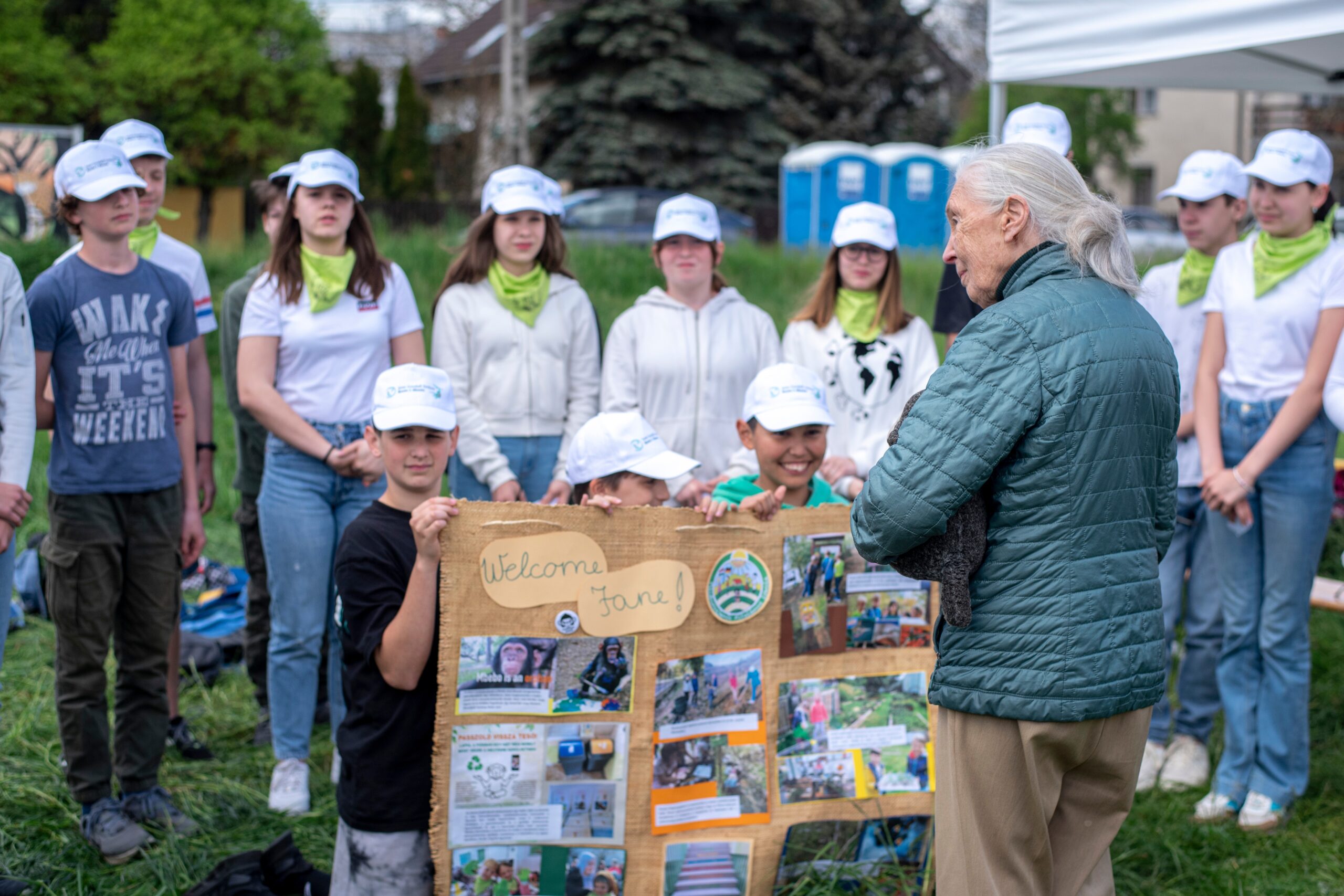
Jane Goodall is renowned for her groundbreaking work with chimpanzees and her deep connection to the natural world. Her research at Gombe Stream National Park in Tanzania transformed our understanding of primates, revealing complex social behaviors and emotional depth. However, her methods and the impact of tourism in Gombe have drawn criticism over the years. Some argue that the presence of researchers and tourists has disrupted chimpanzee behavior and contributed to habitat degradation.
According to the Jane Goodall Institute, Goodall’s approach has always emphasized respect for animals and their environments. Her work has been pivotal in promoting conservation and environmental education worldwide. Today, Goodall continues to be a leading voice in conservation, advocating for sustainable practices and the protection of endangered species. Despite the controversies, her dedication and empathy for animals have earned her a revered place in the field of wildlife conservation.
3. Paul Watson: The Pirate Captain of Conservation
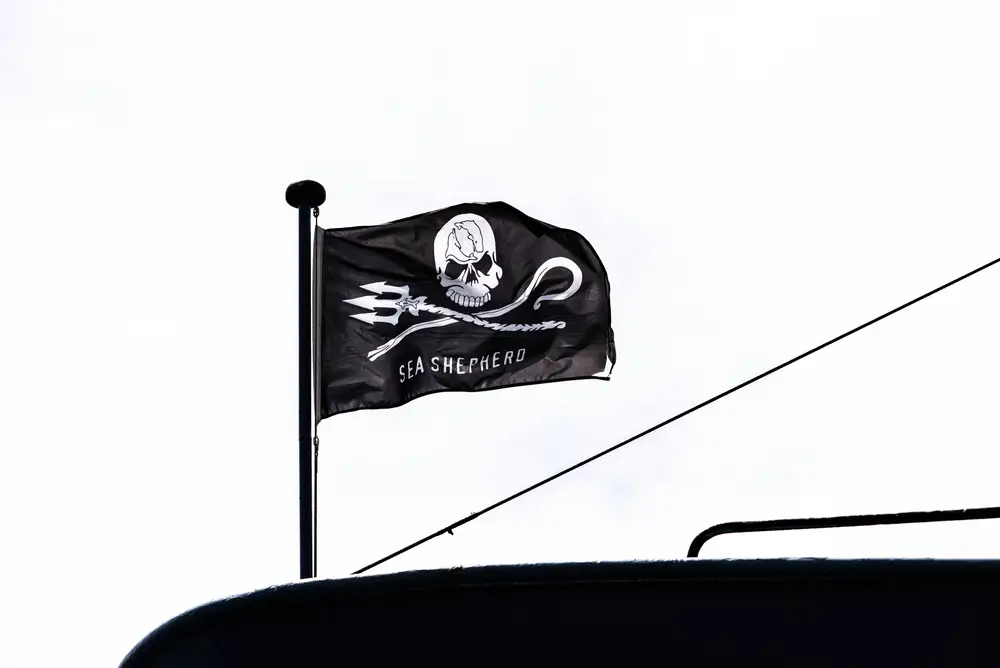
Paul Watson, the founder of the Sea Shepherd Conservation Society, is known for his aggressive tactics in defending marine life. With a fleet of vessels and a crew of dedicated volunteers, Watson has led campaigns against illegal whaling, poaching, and habitat destruction. His confrontational approach, including ramming ships and boarding vessels, has earned him both admiration and criticism. According to the Sea Shepherd Conservation Society, these tactics are necessary to combat illegal activities on the high seas.
While some see Watson as a hero, willing to take bold action to protect marine life, others view him as a dangerous rogue. His methods have led to legal battles and accusations of piracy, highlighting the fine line between activism and vigilantism. Despite the controversies, Watson’s efforts have brought significant attention to the plight of marine animals and the need for stronger conservation laws. His relentless pursuit of justice for the ocean continues to inspire and provoke debate in equal measure.
4. Dian Fossey: Protector of Gorillas and “Troublemaker”

Dian Fossey’s pioneering work with mountain gorillas in Rwanda remains one of the most significant contributions to primate conservation. Her intimate studies and dedicated protection efforts helped bring global attention to the threats facing these majestic creatures. However, Fossey’s confrontational approach towards poachers and her staunch opposition to tourism made her a controversial figure. Some locals and conservationists criticized her methods, claiming they were overly aggressive and alienated potential allies.
Fossey’s murder in 1985, under mysterious circumstances, added to her enigmatic legacy. While her methods were questioned, her dedication to gorillas was undeniable, leading to the creation of the Dian Fossey Gorilla Fund International. Her story was famously depicted in the film “Gorillas in the Mist,” immortalizing her as a symbol of wildlife conservation. Despite the controversies, Fossey’s work laid the groundwork for modern gorilla conservation efforts and continues to inspire awe and debate.
5. Joy Adamson: “Born Free” and the Freedom Debate
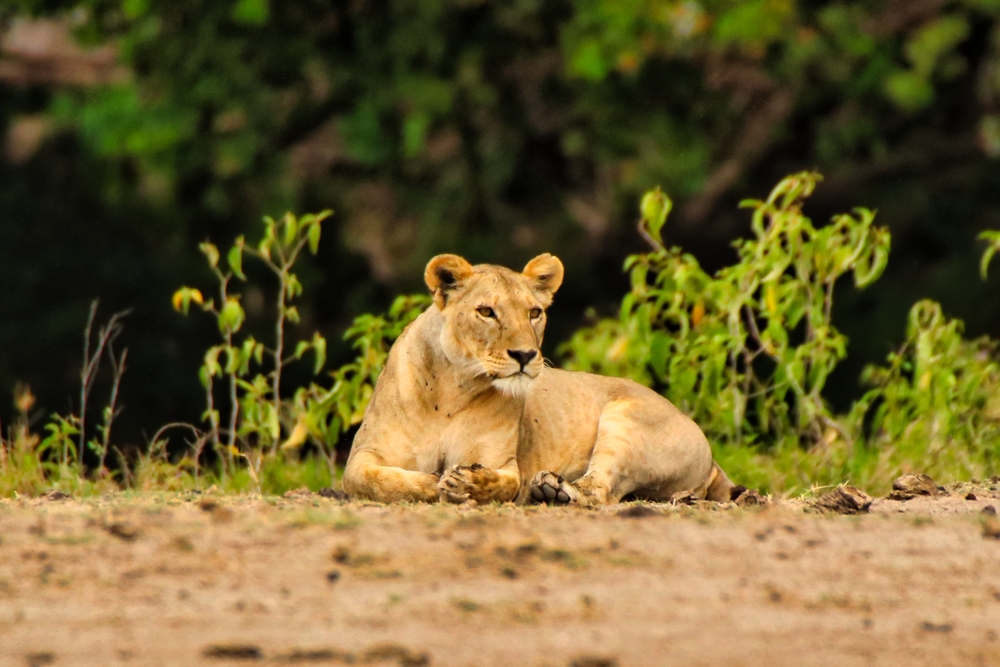
Joy Adamson, along with her husband George, became famous for raising Elsa the lioness and releasing her into the wild, a story immortalized in the book and film “Born Free.” Her approach to wildlife, especially the idea of rehabilitating and releasing captive animals, was revolutionary but not without controversy. Critics argued that Adamson’s methods posed risks to both the animals and the ecosystems they were reintroduced into. Questions arose about whether domesticated animals could truly adapt to life in the wild.
Despite the debate, Adamson’s work significantly raised awareness about African wildlife and conservation issues. She dedicated her life to protecting animals and their habitats, advocating for the establishment of national parks in Kenya. Her legacy lives on through the Elsa Conservation Trust, which supports various conservation initiatives. Joy Adamson remains a polarizing figure, celebrated for her passion and vision, yet questioned for her unconventional methods.
6. Richard Leakey: A Bone Collector and Political Provocateur
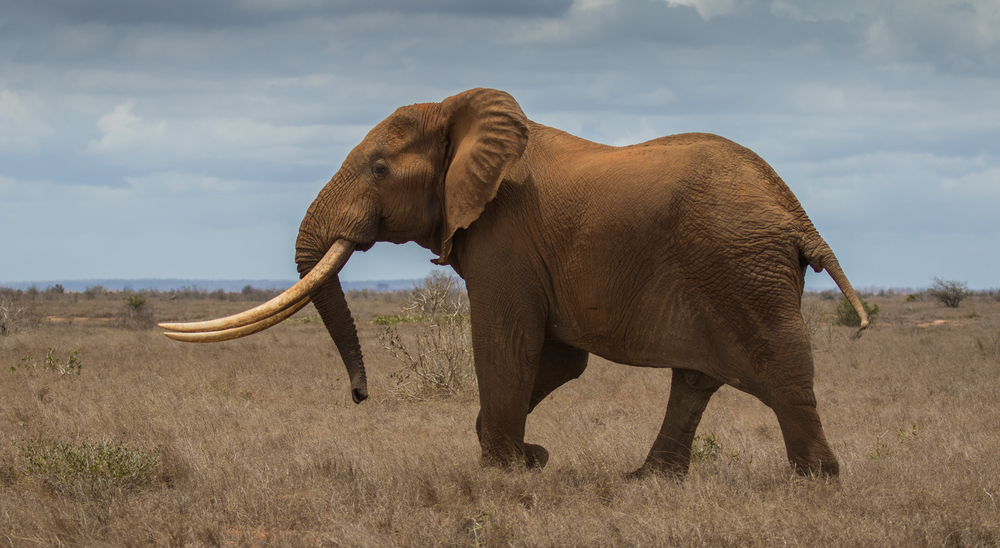
Richard Leakey is best known for his work in paleoanthropology, but his contributions to wildlife conservation are equally noteworthy. As the head of the Kenya Wildlife Service, Leakey waged a war against poaching, employing controversial measures such as burning ivory stockpiles to combat the illegal ivory trade. His tough stance on conservation and willingness to confront powerful poaching networks earned him both praise and enemies. Critics argued that his policies were too radical and could harm the livelihoods of local communities.
Despite the controversies, Leakey’s efforts led to a significant reduction in elephant poaching in Kenya. His dedication to conservation extends beyond wildlife, as he has also been involved in political efforts to address corruption and environmental issues. Leakey’s multifaceted career and uncompromising approach have made him a contentious but respected figure in both the scientific and conservation communities. His legacy continues to influence discussions on how best to balance conservation with human needs.
7. BirutÄ— Galdikas: The Orangutan Guardian
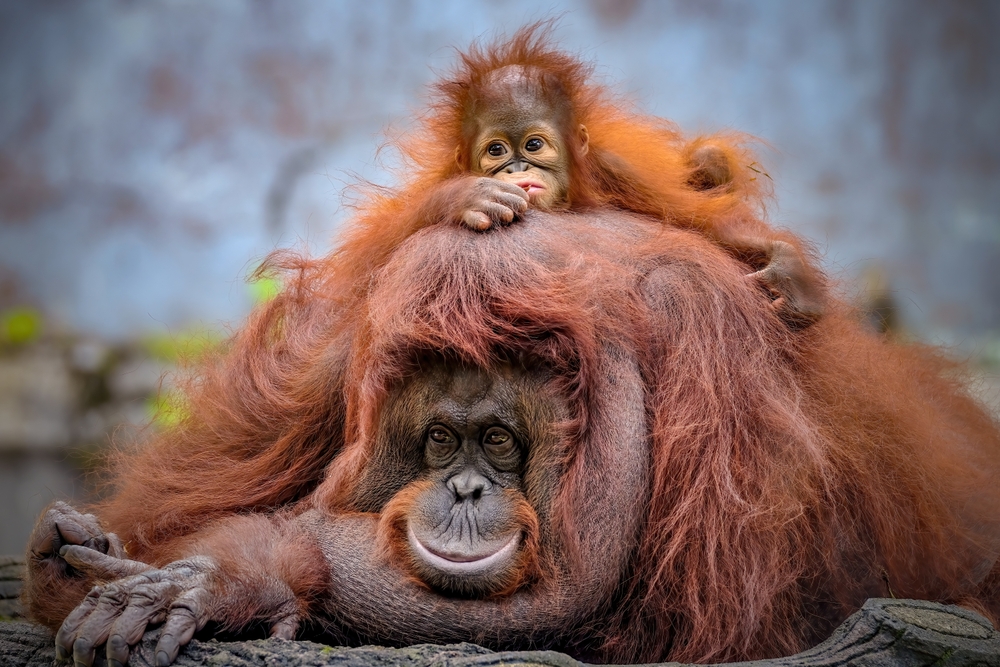
BirutÄ— Galdikas is renowned for her extensive work with orangutans in Borneo, which has contributed immensely to our understanding of these great apes. Her long-term studies and conservation efforts have been crucial in raising awareness about the threats facing orangutans due to deforestation and habitat loss. However, Galdikas has faced criticism for her methods, particularly her handling of orangutan rehabilitation and release programs. Some experts argue that her practices have sometimes blurred the lines between research and activism.
Despite the controversies, Galdikas remains a leading authority on orangutans and a passionate advocate for their conservation. Her work through the Orangutan Foundation International continues to address habitat destruction and promote sustainable practices. Galdikas’s dedication to orangutans has inspired many to join the fight for their survival, even as debates about her approach persist. Her story highlights the complexities of conservation work, where passion and scientific rigor must often coexist.
8. John Aspinall: The Unorthodox Zoo Keeper
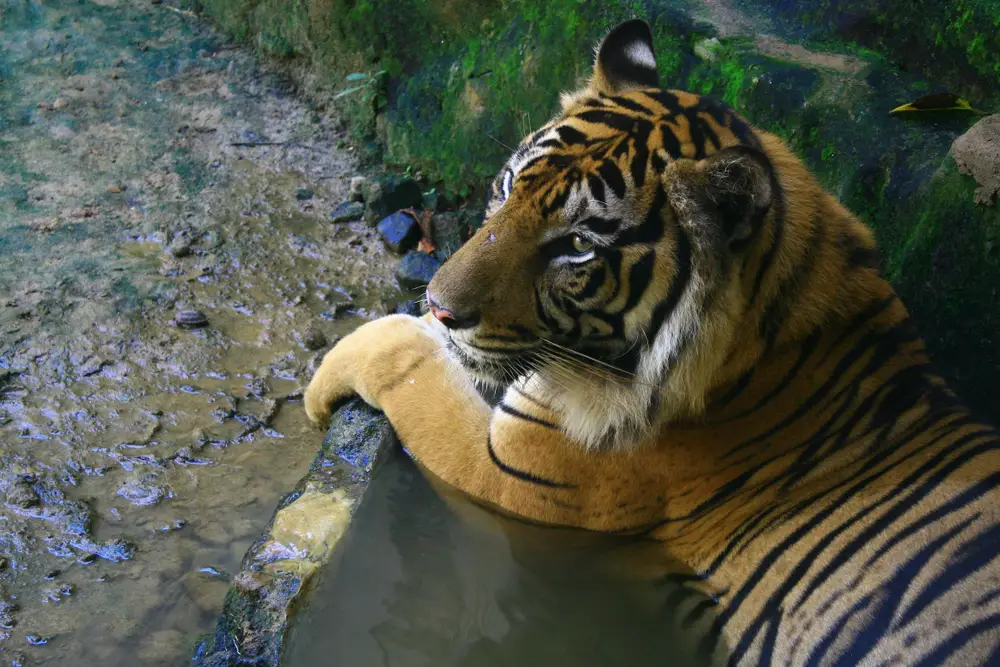
John Aspinall was an eccentric British zoo owner known for his unorthodox methods and deep commitment to wildlife conservation. He founded the Aspinall Foundation, which operates two zoos in Kent, England, and focuses on breeding endangered species for reintroduction into the wild. Aspinall’s interactions with animals, often involving close physical contact, drew both fascination and criticism. His approach raised questions about the boundary between conservation and entertainment.
Aspinall’s philosophy of prioritizing animal welfare over public access set his zoos apart from traditional models. While some praised his dedication to conservation, others criticized him for sometimes prioritizing his personal beliefs over scientific advice. Despite the controversies, Aspinall’s work contributed to successful reintroduction programs for several species, such as gorillas and tigers. His legacy continues through the foundation, which remains active in conservation efforts around the world.
9. Rachel Carson: The Environmentalist Who Sparked a Movement

Rachel Carson is celebrated for her groundbreaking book “Silent Spring,” which exposed the dangers of pesticides and sparked the modern environmental movement. Her work highlighted the interconnectedness of all living things and the impact of human actions on the natural world. However, Carson’s findings were met with fierce opposition from chemical companies and some scientists, who attempted to discredit her research. Critics argued that her work was alarmist and ignored the benefits of pesticides in agriculture.
Despite the backlash, “Silent Spring” led to a paradigm shift in environmental policy and public awareness. Carson’s courage in speaking out against powerful interests inspired a generation of environmentalists and contributed to the eventual ban of DDT in the United States. Her legacy endures as a symbol of the power of science and advocacy to drive meaningful change. Rachel Carson’s work continues to resonate, reminding us of the importance of questioning established norms for the sake of the planet’s health.
10. Jairo Mora Sandoval: The Sacrificial Turtle Protector
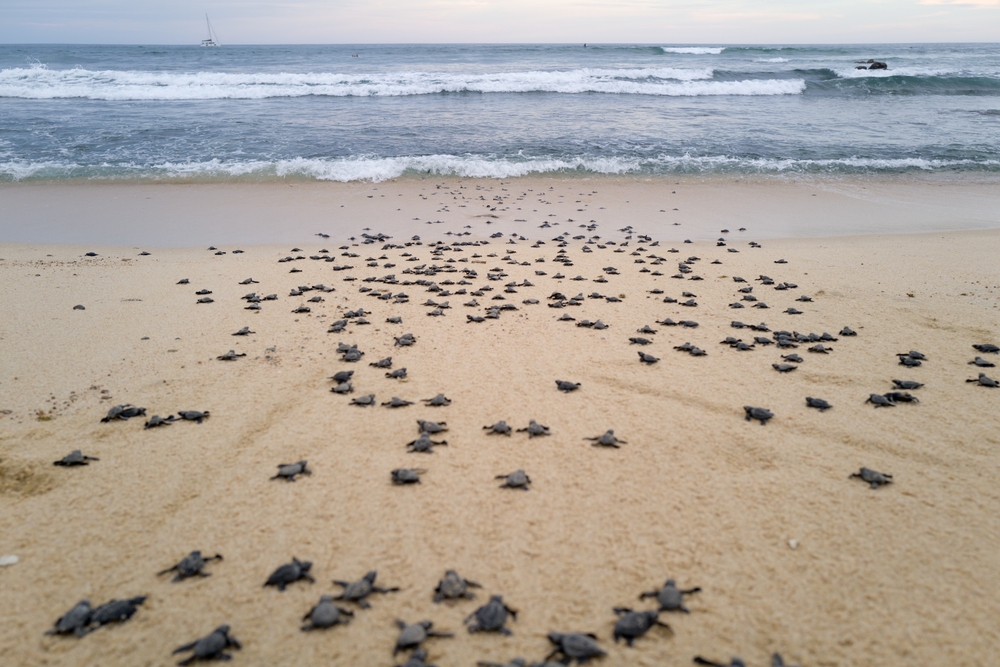
Jairo Mora Sandoval was a passionate Costa Rican conservationist dedicated to protecting endangered sea turtles from poachers. His work involved patrolling beaches, educating communities, and advocating for stronger wildlife protection laws. Tragically, Mora Sandoval’s efforts were met with violent resistance, and he was murdered by poachers in 2013. His death highlighted the dangers faced by wildlife defenders and the urgent need for better protection for both animals and conservationists.
Mora Sandoval’s sacrifice brought international attention to the threats facing sea turtles and the people working to protect them. His legacy continues through organizations that honor his memory and strive to protect turtles and other endangered species. While his story is a sobering reminder of the challenges in conservation, it also underscores the courage and commitment of those who dedicate their lives to this cause. Jairo Mora Sandoval remains an inspiration for those fighting for wildlife in the face of adversity.
11. Alan Rabinowitz: The Big Cat Advocate
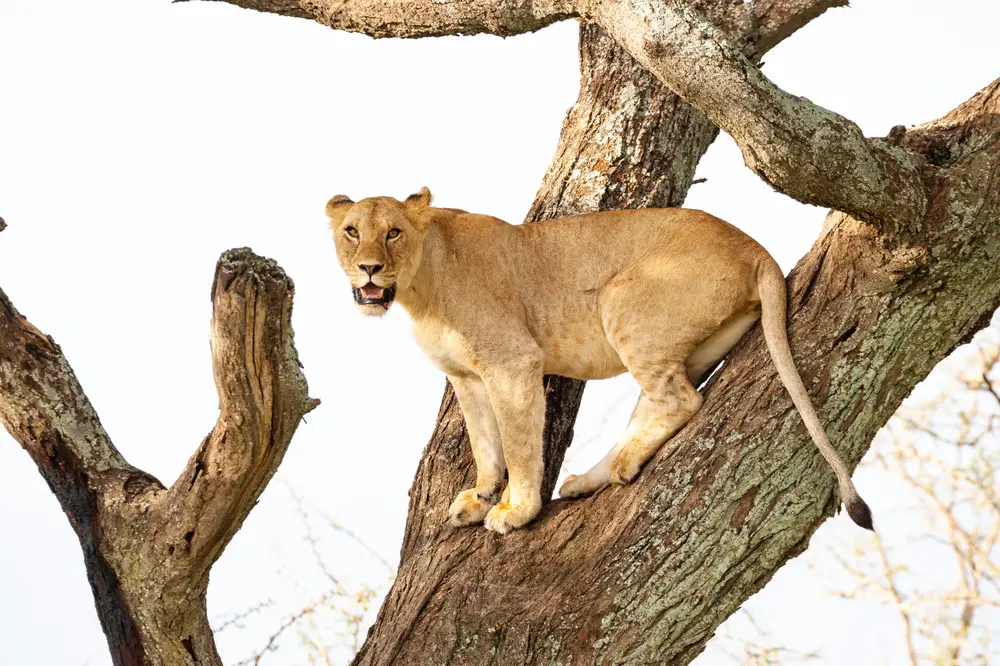
Alan Rabinowitz, often called the “Indiana Jones of Wildlife Conservation,” was a pioneering advocate for big cats and other endangered species. His work led to the establishment of several wildlife reserves and protected areas around the world, including the world’s first jaguar preserve in Belize. Rabinowitz’s approach to conservation involved bold strategies and direct engagement with governments, but it sometimes drew criticism for being too aggressive. Some colleagues argued that his methods could alienate local communities and stakeholders.
Despite the controversies, Rabinowitz’s dedication to wildlife conservation remained unwavering. His work with organizations like Panthera continues to promote the protection of big cats and their habitats. Rabinowitz’s legacy is marked by his relentless pursuit of conservation goals and his ability to bring attention to forgotten species. His story serves as a reminder of the challenges and triumphs of wildlife conservation, where passion often intersects with controversy.
12. Gerald Durrell: The Zoo Innovator

Gerald Durrell was a British naturalist and zookeeper who revolutionized the concept of zoos by focusing on conservation and education rather than entertainment. He founded the Durrell Wildlife Conservation Trust and the Jersey Zoo, which prioritized breeding programs for endangered species. Durrell’s vision challenged traditional zoo practices and sparked debates about the role of zoos in conservation. Critics questioned whether captivity could truly contribute to species survival and raised concerns about animal welfare.
Despite the controversies, Durrell’s work significantly advanced the field of captive breeding and species reintroduction. His emphasis on conservation education has inspired countless individuals to engage in wildlife protection efforts. The Durrell Wildlife Conservation Trust continues to be a leader in conservation initiatives and research, working to save species from extinction. Gerald Durrell’s legacy highlights the transformative power of innovative thinking in the pursuit of conservation goals.
